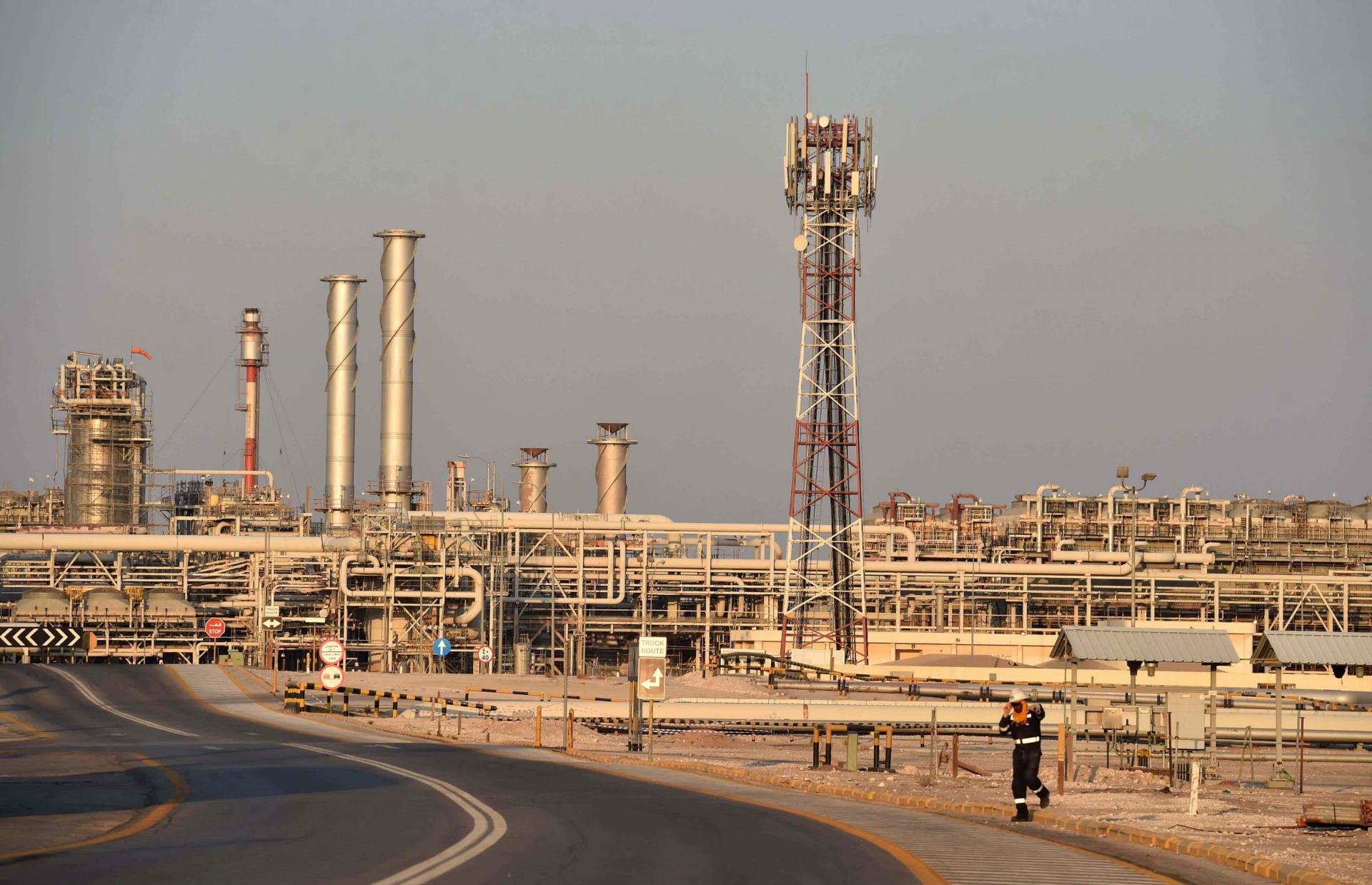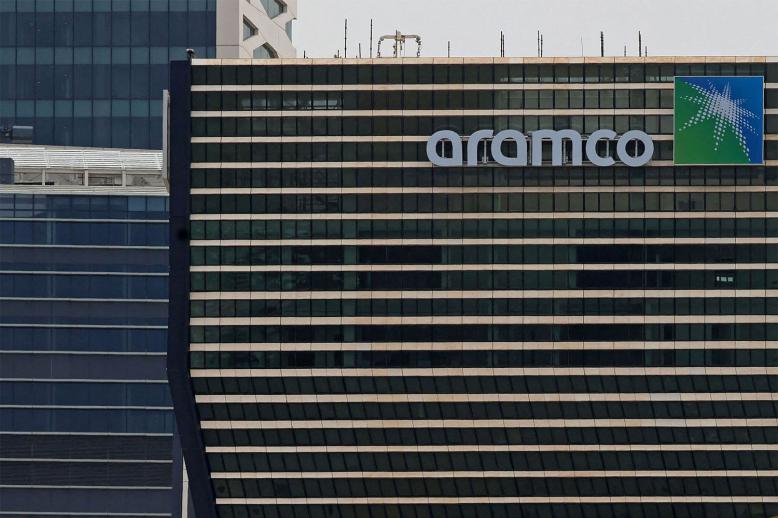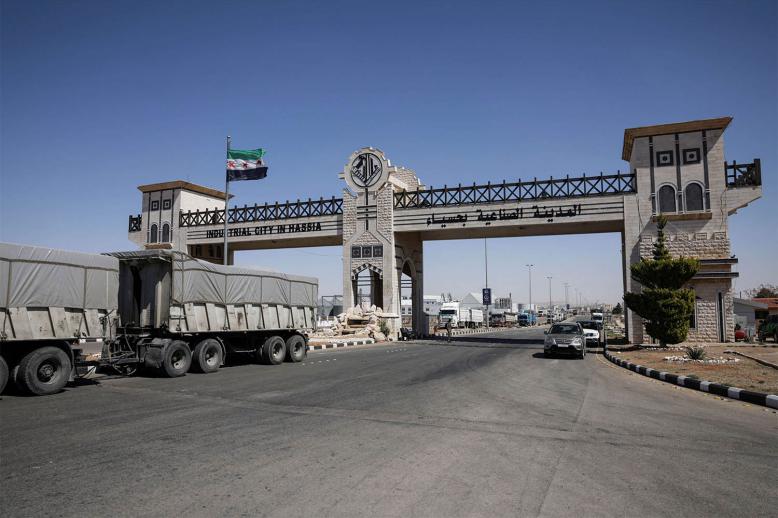Saudi Aramco to tap into oil inventories to boost output
DUBAI - Oil giant Saudi Aramco will syphon 300,000 barrels of crude per day from its vast stocks as it boosts output, its chief said Monday amid an escalating price war with Russia.
"Our maximum sustained output capacity is 12 million bpd," CEO Amin Nasser said.
In April that will rise to 12.3 million bpd, he said, adding: "The 300,000 will be coming from our inventories."
Speaking via webcast, he said the firm had significant stocks of crude stored both inside and outside Saudi Arabia.
The kingdom and other major producers, including Russia, failed to reach a deal earlier this month to slash output and shore up prices.
Riyadh said last week it would increase its production from 9.7 million bpd to 12.3 million bpd from April.
It had already slashed its price for April delivery after Russia rejected a proposal for a co-ordinated cut of 1.5 million barrels per day among members of producer cartel OPEC+.
Global oil prices have gone into meltdown as the novel coronavirus hits the global economy, slashing demand even as producers boost their output after the talks collapsed.
Nasser said Aramco could keep up its new level of output for a sustained period.
"Our maximum (output) capacity is sustainable for one year without the need for any additional building. It does not require any additional capital," he said.
The firm's senior vice-president of finance Khalid al-Dabbagh said Aramco's low production costs meant it could sustain very low oil prices for an extended period.
Aramco is also working to raise its output capacity from 12 million bpd to 13 million bpd, Nasser said, without giving a timeframe.
Brent North Sea oil plunged more than ten percent on Monday to a four-year low of $30.15 per barrel.
Saudi Aramco on Sunday reported a 20.6 percent drop in net profit for 2019 due to lower crude prices and production cuts.
Its net income was $88.2 billion last year compared to $111.1 billion in 2018.





